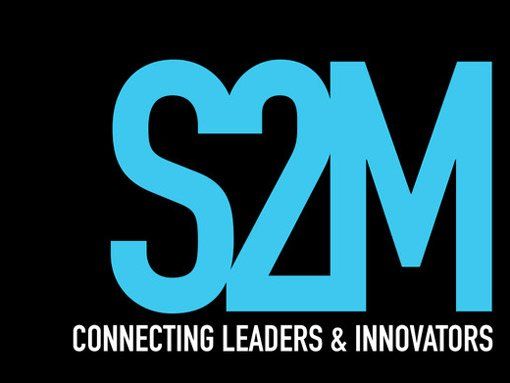AWS vs Azure: Who wins the belt?
Cloud computing has become an increasingly important part of an organisation’s web performance capability. In the digital age, where I.T. infrastructure plays an increasingly vital role in business, the cloud services you use has become an important “fork in the road” moment for many businesses.
Not all cloud providers are created equal. When considering moving to cloud-based infrastructure as a service, two providers stand out above all others: Amazon’s AWS and Microsoft’s Azure. Both companies have a relatively long history in the cloud space, and while they may seem virtually identical in their product offerings, it’s important to recognise how very different they are. Here are the differentiating factors between them:
1. Compliance
When looking at both AWS and Azure, Azure has a more comprehensive compliance coverage. Azure has always been heavily focused on data security and compliance, being the first cloud provider to comply with the General Data Protection Regulation. It also famously has obtained government contracts in the United States, with many prominent institutions utilising Azure for their data storage.
AWS on the other hand is secure, but tends to sell security as an add-on rather than a core feature. For AWS vs Azure, one can consider them as being a comparison between a “bolt-on features” model (AWS) vs a “Pay as you go” model (Azure). Personally, I’d prefer Azure’s model in this respect, as security is one of those things you don’t want to compromise right off the bat, but you also don’t want to pay through the nose with upfront costs.
Winner: Azure
2. Ease of use
Many will agree that AWS, at its base level, is very simple and easy to use. It is pretty clear that as part of Amazon’s strategy to have add-ons, the idea was that a user would only pay for the features that they used (and none that they didn’t).
Azure comes as a fully-fledged system straight out of the box. To set up an instance is relatively easy, but to develop the capability to do so takes a pretty big learning curve. I’d have to give this round to AWS, as at it’s core functionality it is a very simple system to set up.
Winner: AWS
3. Cost
So here is the real kicker.
AWS is fast in terms of amount of resources required to deliver a product to the cloud. For most businesses who won’t need to rely on heavy traffic to achieve profitability, AWS is a cost effective solution. Only at scale does it become more expensive than Azure.
Azure on the other hand has the opposite effect. While being initially expensive to set up, Azure becomes a cost-effective solution when scaling over time. It is the potential to grow that sets these two apart. Azure is suitable when it comes to SaaS and PaaS models, as these generally rely on heavy and complex traffic.
Winner: Draw (it depends on how big you want to get)
4. Analytics
Microsoft’s big data and advanced analytics capabilities will ultimately be better in this regard. AWS again has the capability to produce advanced analytics, but even with these add-ons the analytical capabilities for business intelligence are hardly a match for Azure.
Winner: Azure
We have a winner
So, you might want to consider all the options available to you, but in this author’s humble opinion Azure takes the cake. Despite being more expensive and more complex, if you’re willing to put in the hours it will be worth it in the end.






